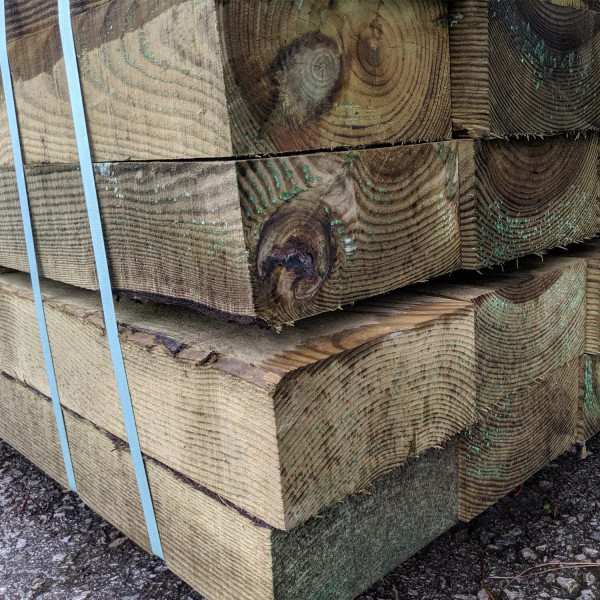
When it comes to landscaping, there are as many options as there are people with their own ideas about what looks good and what works best. There’s a lot of opinion and research that goes into designing the perfect landscape, and the right choices when it comes to the types of plants, shrubs, turf, and other features you add to your yard. If you’re ready to get started on your landscaping project, read on to learn more about the different types of plants, materials, and tools you can use to transform your space.
Landscaping is the term used to describe the process of transforming your outdoor living space into something beautiful, functional, and entirely unique to you. It can range from a small backyard garden or patio with a few plants and flowers to an entire outdoor room with trees, shrubs, and decorative features. The materials you use for landscaping will depend on your budget, outdoor space constraints, and personal preferences.
And Soil: If you haven’t grown your own turf, consider starting with bark and soil. Bark is a great way to add colour and texture to your yard. Plus, it's inexpensive and it lasts a long time if taken care of properly.
One of the best materials for outdoor spaces is cement. Cement is durable, affordable, and can be used to create a wide variety of different designs. It’s been used in garden paths, raised flower beds, and other areas that need to be kept level. But there are some downsides to cement that you should know before you start using it for your landscaping project.
Cement can crack over time depending on how much water it gets during installation. Further, it doesn't do well with hot or humid weather conditions. If you're planning on installing a large area of cement, you may want to consider a more durable material like pavers or stone as well as coping stones around the edges of your design.
Grit sand is a type of sand that is made up of a mixture of stone, gravel, and other materials. It can be used in a variety of different applications and is often used as a base material for paving driveways and walkways. Because it is made of durable materials, grit sand can last a long time without chipping or breaking apart.
To make it easier to spread across the ground when you are ready to pave your driveway, grit sand comes in machines with small shovels attached to the bottom. You'll avoid any mess from shovelling by using this machine.
Grit sand also has many other uses. Depending on the size of your project, you may want to use it as a base for drywall mud or adobe mortar. It can also be mixed together with water for concrete paver mixes and mixed with hardwood ashes for brick pavers.
Building sand is generally used to bulk up and strengthen materials in construction such as asphalt and concrete. Building sand is very good for being used in many different building applications such as; bricklaying, rendering, pointing and other building usages. This type of sand can be utilised precasting before the use of concrete.
Wooden sleepers are a great option for the yard because they’re long lasting and low maintenance. They also have an attractive look that is often sought after by homeowners. Wooden sleepers are created from pressure-treated softwood lumber, which is ideal for areas that get wet frequently. However, some people may prefer to use cedar or other types of wood as well.
Rock salt is very important during the winter months, this is because rock salt is mainly used in a gritting process to melt potential ice to provide a non-slip surface even during the coldest nights. Other than the use for de-icing it can be used to prevent areas from having snowfall on that location; such as paths, roads, driveways and shop fronts.
Landscaping materials can be divided into two types: fillers and topsoil. Fillers are the materials that fill the space between wood sleepers and the ground, while topsoil is the material that fills the space between the ground and the base of the plants.
The best materials for a particular job will depend on the type of landscaping project you are undertaking. For instance, a plant bed with no plants may require a lighter fill — wood sleepers, for example — and a heavier topsoil to ensure there is enough weight to keep the bed in place.
Thank you for reading, if you need to see more of what we have to offer you can follow the links below!
Contact Us For More Information!